Does Bedroom Colour Affect How Much Sleep and Sex You Get?
The colour of bedroom walls have a surprising effect on sleep and sexy time
Mitchell Parker
25 August 2017
Houzz Editorial Staff. Home design journalist writing about cool spaces, innovative trends, breaking news, industry analysis and humor.
Houzz Editorial Staff. Home design journalist writing about cool spaces, innovative... More
Four in 10 Singaporeans don’t get enough sleep on weekday nights according to a survey by SingHealth Polyclinics. Clocking in at less than 7 hours of sleep, this puts us behind other countries like the US and the UK. Brits get an average of just under 8 hours sleep a night and interestingly, one study there found a strong correlation between the colour of one’s bedroom walls and decor with how much sleep and sex one gets! The takeaway: People with blue rooms appear to be getting the best night’s sleep, while people with caramel-coloured walls are having the most sex. Let the mad dash to invent caramel-blue paint begin!
Here’s how the survey broke it down.
Here’s how the survey broke it down.
Of course, you don’t see much colour with your eyes closed and the lights off, but the colour of your walls and decor affects how you sleep before you close your eyes, the survey found.
On average, the survey respondents sleeping in a blue bedroom get seven hours and 52 minutes of sleep, the most in the survey, which was conducted by Travelodge, a budget-friendly hotel chain in the U.K. Builders, teachers and civil servants tend to choose blue most often for their bedrooms, according to the survey.
On average, the survey respondents sleeping in a blue bedroom get seven hours and 52 minutes of sleep, the most in the survey, which was conducted by Travelodge, a budget-friendly hotel chain in the U.K. Builders, teachers and civil servants tend to choose blue most often for their bedrooms, according to the survey.
The study surmises that since blue has long been associated with feelings of calmness – water, blue sky etc. – the colour helps us chill out before sleep.
In fact, blue also is said to help reduce blood pressure and heart rate, for more sound sleep.
“This is an amazing result, as there are specialised receptors called ganglion cells in the retina part of our eyes, which are most sensitive to the colour blue,” says Chris Idzikowski, a sleep expert at the Edinburgh Sleep Centre, in a press release about the study. “These receptors feed information into an area deep in our brain that controls 24-hour rhythms, and affects how we perform and feel during the day. That interaction between light, sleep and wakefulness is supremely important.”
“This is an amazing result, as there are specialised receptors called ganglion cells in the retina part of our eyes, which are most sensitive to the colour blue,” says Chris Idzikowski, a sleep expert at the Edinburgh Sleep Centre, in a press release about the study. “These receptors feed information into an area deep in our brain that controls 24-hour rhythms, and affects how we perform and feel during the day. That interaction between light, sleep and wakefulness is supremely important.”
An amazing 58 per cent of Brits in the survey who sleep in blue rooms say they regularly wake up feeling happy. Cheerio!
Ready to bring blue into the bedroom?
Ready to bring blue into the bedroom?
Certain shades of yellow come in second in promoting the best night’s sleep: seven hours and 40 minutes on average per night.
Warm yellow relaxes the body by stimulating the nervous system and calming the nerves.
Warm yellow relaxes the body by stimulating the nervous system and calming the nerves.
Green also creates a calm and soothing vibe, which is why it appears to be the third best colour for getting sleep. People with green rooms get an average of seven hours and 30 minutes of sleep per night, and 22 per cent of those surveyed say they wake up “feeling upbeat and positive.”
Other ways to make the bedroom more restful
Other ways to make the bedroom more restful
Though similar to silver, grey, an incredibly popular house paint colour, didn’t perform well in the study; people in grey rooms get an average of only six hours and 12 minutes of sleep per night.
It’s thought that brown and grey can be “dreary and depressing, especially in the bedroom, and make occupants feel emotionally isolated and uncomfortable –resulting in a restless sleep,” the study says.
It’s thought that brown and grey can be “dreary and depressing, especially in the bedroom, and make occupants feel emotionally isolated and uncomfortable –resulting in a restless sleep,” the study says.
The survey suggests that a soothing silver bedroom mimics moonlight, which cues the brain to know that it’s nighttime and time for sleep.
People with silver bedrooms get an average of seven hours and 33 minutes of sleep, while 21 per cent surveyed say they are more motivated to exercise in their bedroom.
People with silver bedrooms get an average of seven hours and 33 minutes of sleep, while 21 per cent surveyed say they are more motivated to exercise in their bedroom.
Orange, surprisingly, is close behind, with people getting an average of seven hours and 28 minutes of sleep. The warm colour also creates a “stable and reassuring atmosphere and can even help digestion too –especially if you have eaten a large or late-evening meal,” according to the survey.
Bankers and estate agents tend to choose gold decor, the study found.
Those with a brown, cream or white bedroom are most likely workaholics who take their work to bed with them at least three times per week. Shop workers are most likely to have these colours in their bedrooms.
Purple bedrooms performed the worst for sleep. On average, people in purple bedrooms get five hours and 56 minutes per night.
While elegant and artistic, the colour is thought to be overly mentally stimulating. Coupled with a busy day, purple walls can make it difficult to turn off a racing mind and switch into sleep mode. (I’m guessing the colour has a different affect on chipper dinosaurs named Barney.)
Most interesting, to me anyway, is that the study found that couples in bedrooms with a caramel decor scheme have sex, on average, three times per week.
Unfortunately, the study doesn’t offer any possible reasons. Is the colour tricking people into thinking about Milky Way candy bars and chocolate, making them more excited? Or is that just the case in my house?
Not much magic apparently happens in red bedrooms, where couples make love once a week on average. Maybe Roxanne should have put on a caramel-coloured light?
TELL US
What’s your bedroom colour? Share a photo in the Comments below.
MORE
Does Your Home Need a Colour Consultant?
TELL US
What’s your bedroom colour? Share a photo in the Comments below.
MORE
Does Your Home Need a Colour Consultant?
Related Stories
Interior Design
Does Your Home Need a Colour Consultant?
By Janet Dunn
Engaging a colour consultant could be one of the smartest moves you make, to help your home to look its best
Full Story
Interior Design
How Do I... Use Dark Paint Colours in a Small Apartment?
By Niki Bruce
You don’t have to stick to white if you have a small apartment; dark paint can add luxury and depth to tiny spaces
Full Story
Interior Design
Colour Mixing: Mix it Like You Know it
By tidgboutique
If you're tired of neutrals but lack the braves to embrace colours, then this is for you
Full Story
Interior Design
Picture Perfect: 26 Dark Blue Rooms From Classic to Contemporary
Our coffee-break escape offers you five minutes' worth of images to inspire and delight. Jump right in...
Full Story
Interior Design
How to Find Your Spirit Colours
Dressing your home in colours that embody your personality calls for reflection, inspiration and a readiness for risks
Full Story
Interior Design
8 White Paints That Show Which White is Right
By Kelly Porter
This simple colour comes in an array of tones that offer different looks
Full Story
Bathroom Ideas
10 Ways to Come on Strong With Colour in Your Bathroom
Set your bathroom apart from the rest of the pack with a shot of strong colour or pattern
Full Story
Interior Design
Colour vs Neutrals: 10 Tactics to Solve Colour Conflicts
One of you lives for colour, the other loves the safety of neutrals. Here's how to meet in the middle.
Full Story
Interior Design
A Grey Sofa is a Great Neutral That Plays Well With Others
By tidgboutique
See 11 reasons to love a grey sofa and how this neutral shade can take on anything you mix with it
Full Story

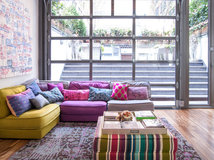
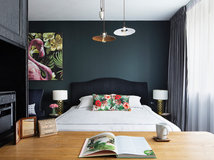

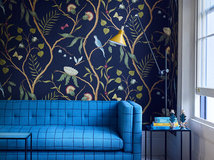
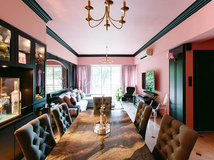
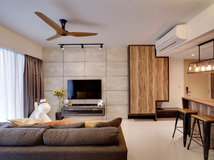

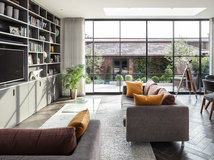

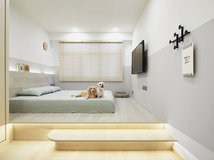
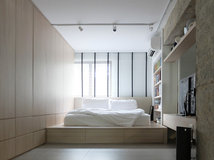
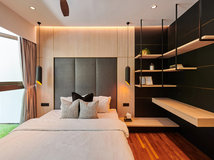
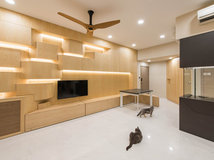
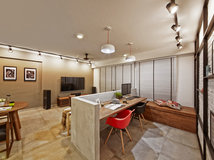


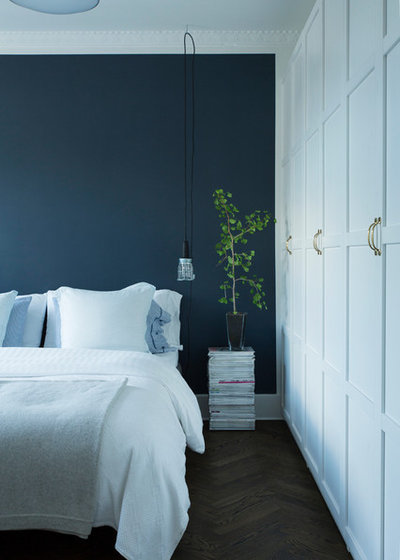
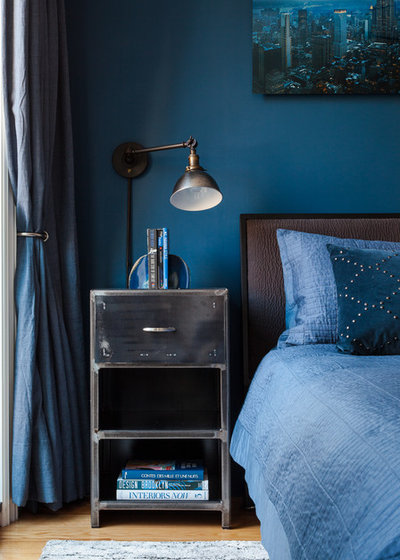
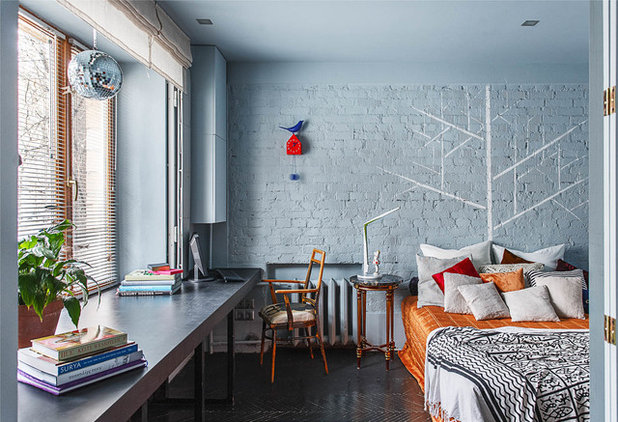
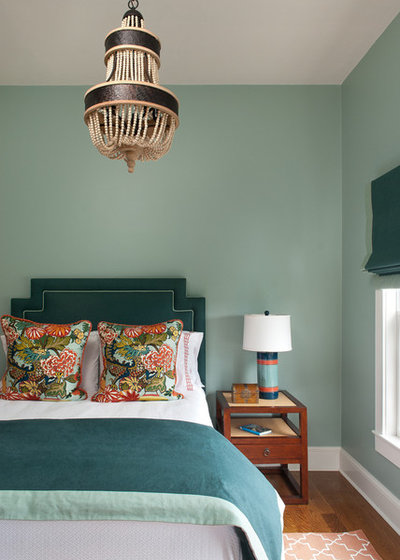
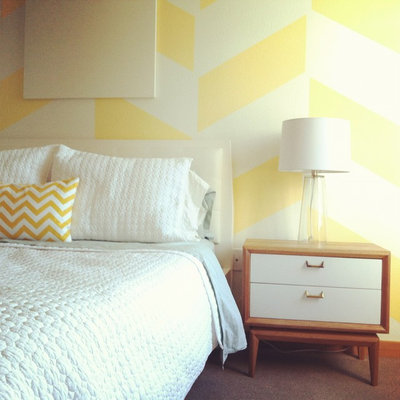

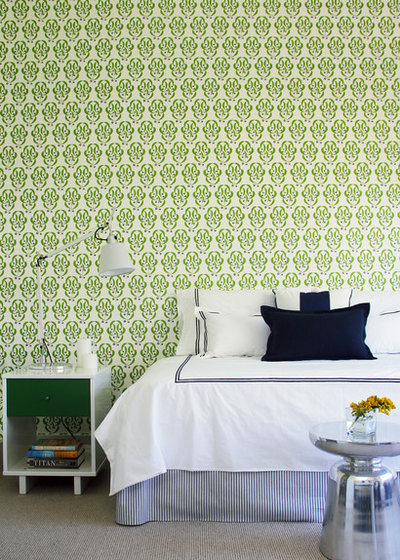
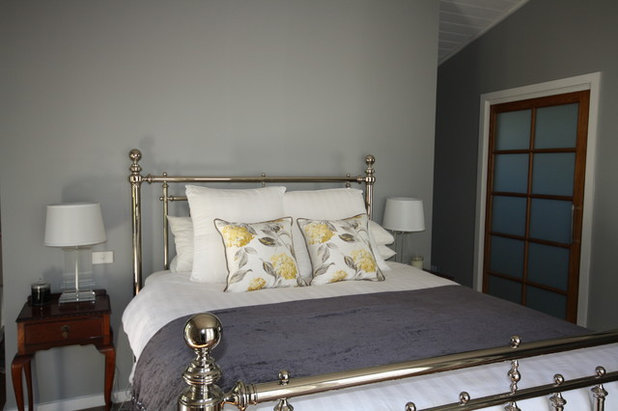
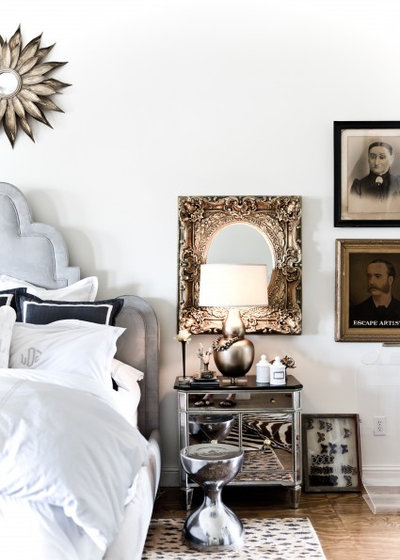
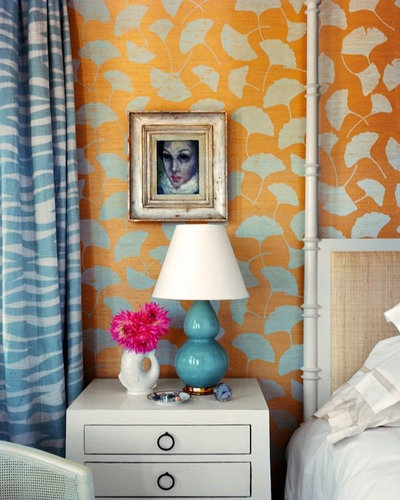
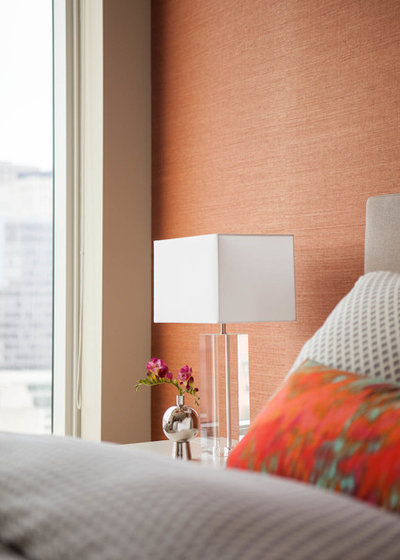
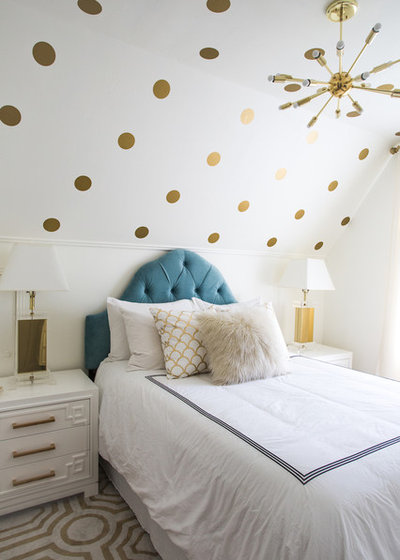
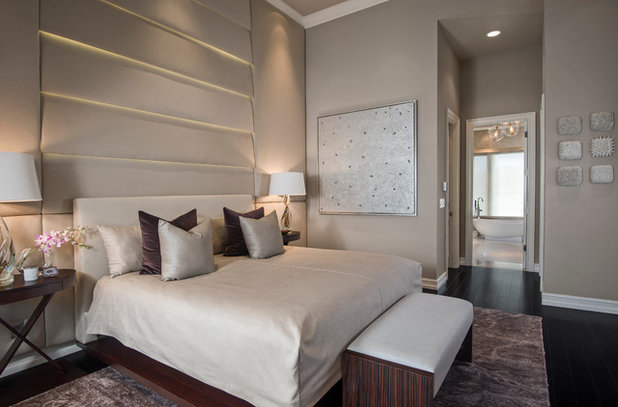
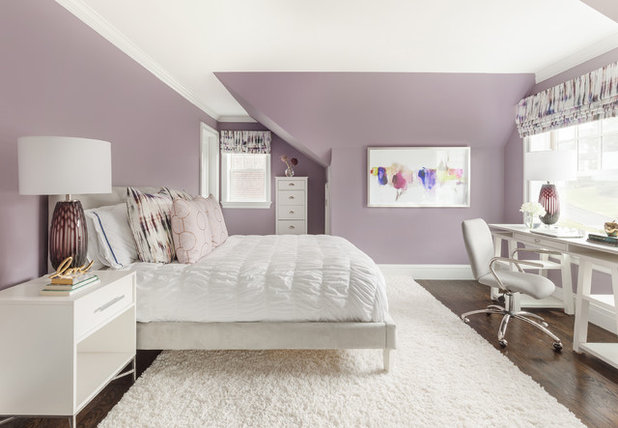
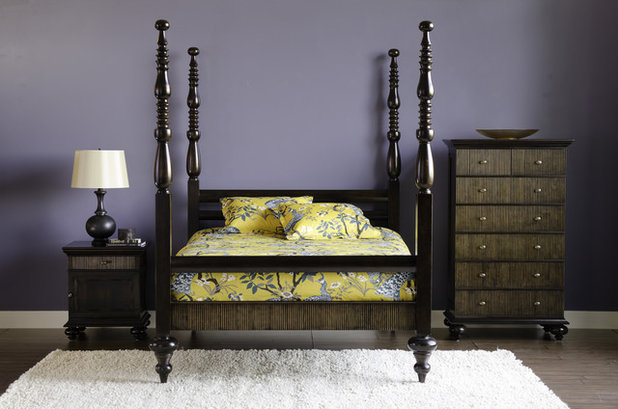
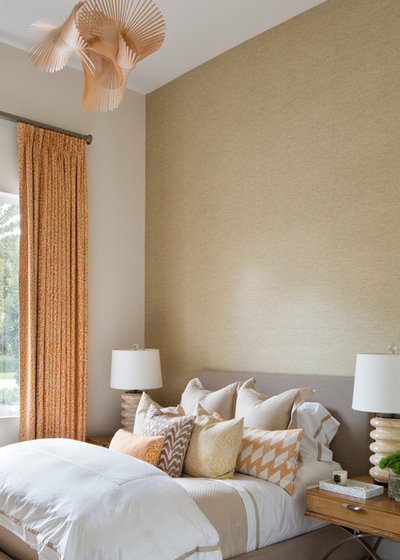
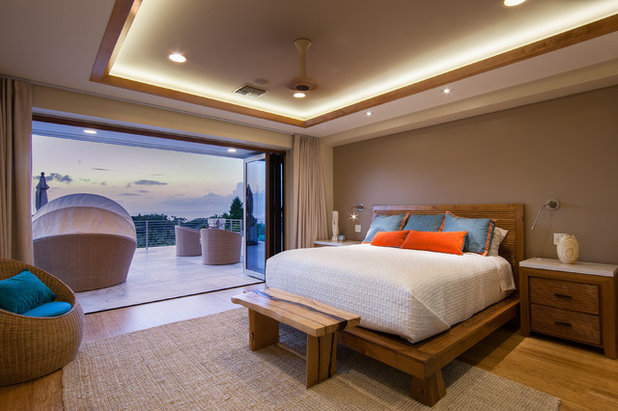
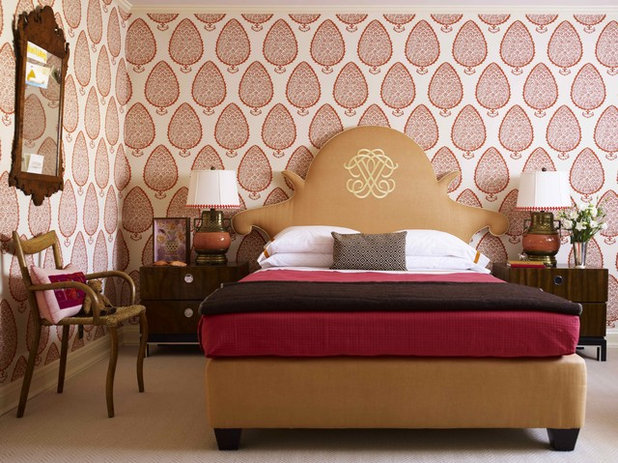

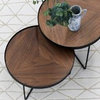
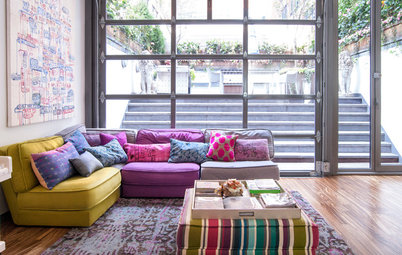
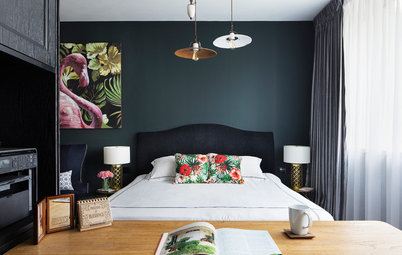
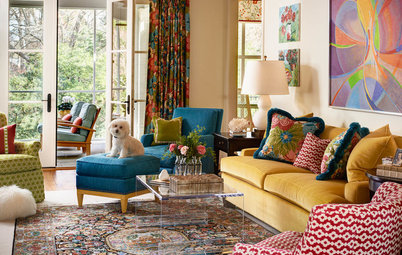
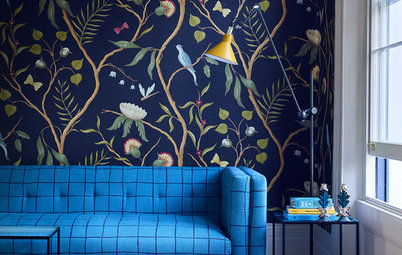
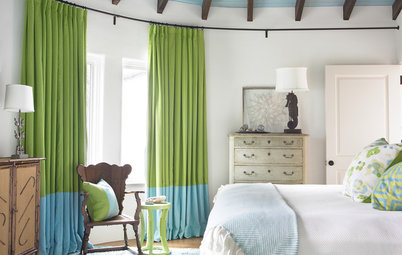
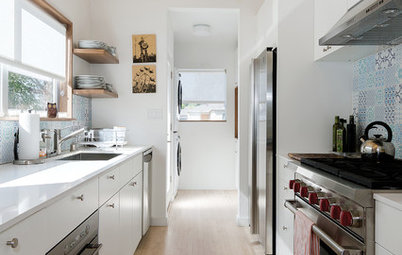
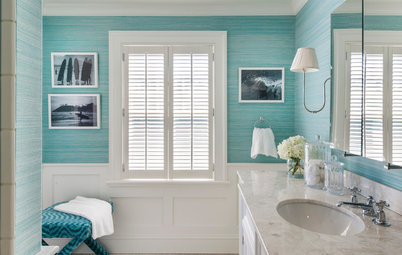
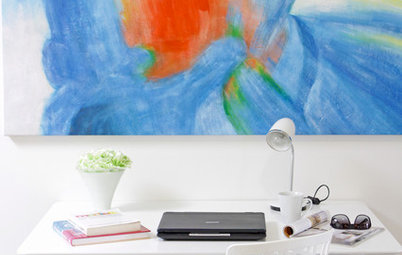
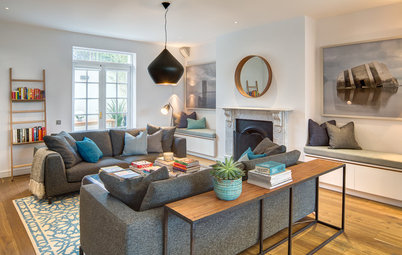
I love the Roxanne comment, the writer made, about the red bedroom walls! Back in the day, when AOL was first introduced, my Dad, chose my screen name and it was Roxanne12…. and despite the number of daily Roxanne comments, asking about the red light, it wasn’t enough to deter my 18 year old self, from exploring this new thing, called the Internet…. I was so naive 🙄